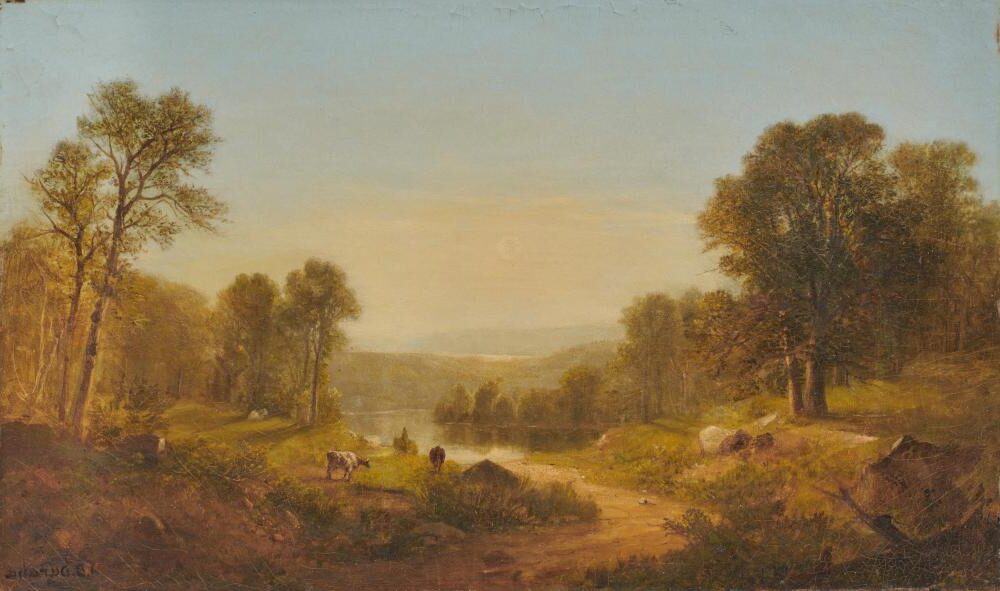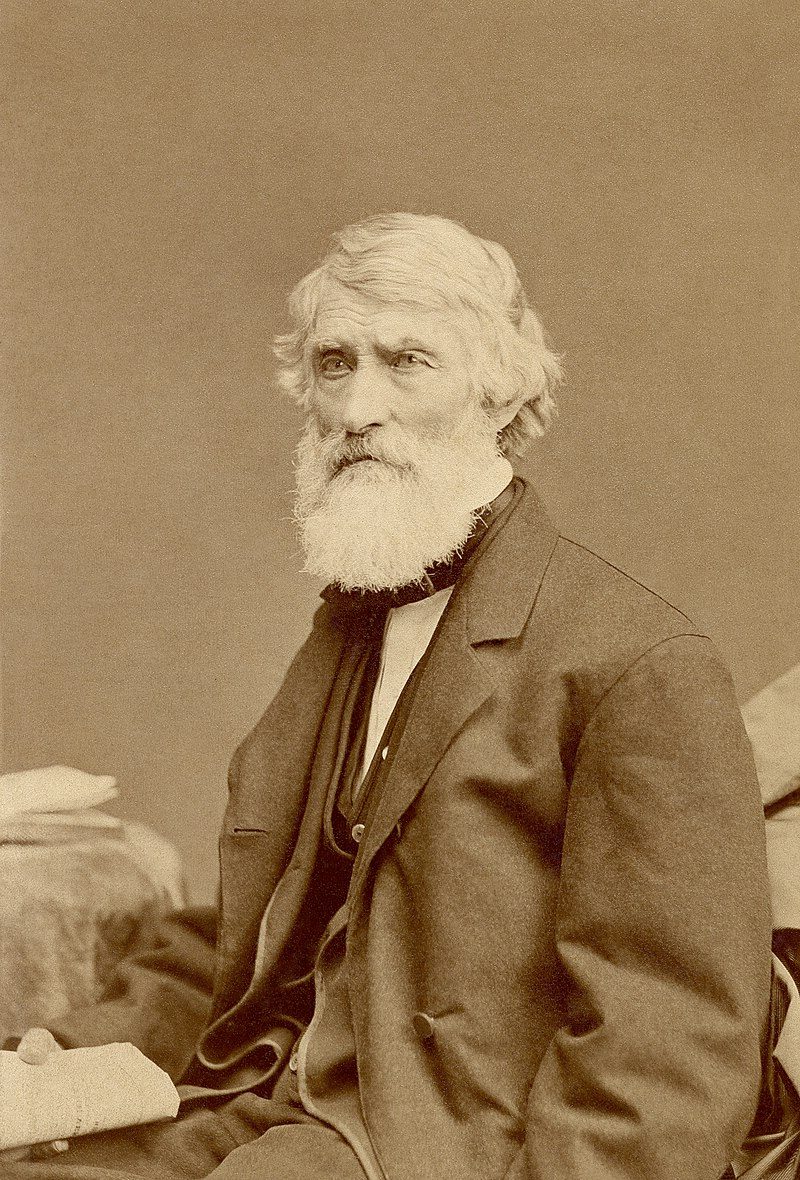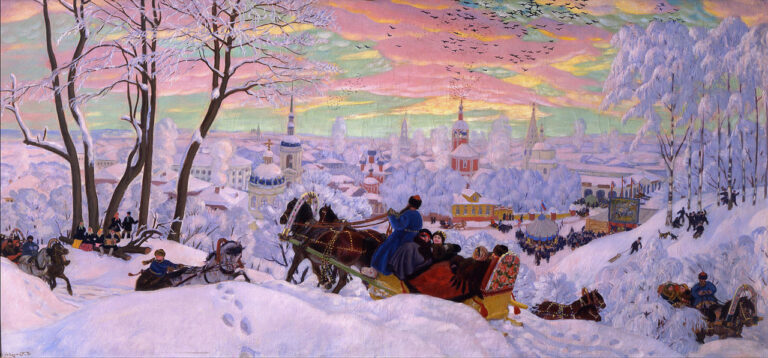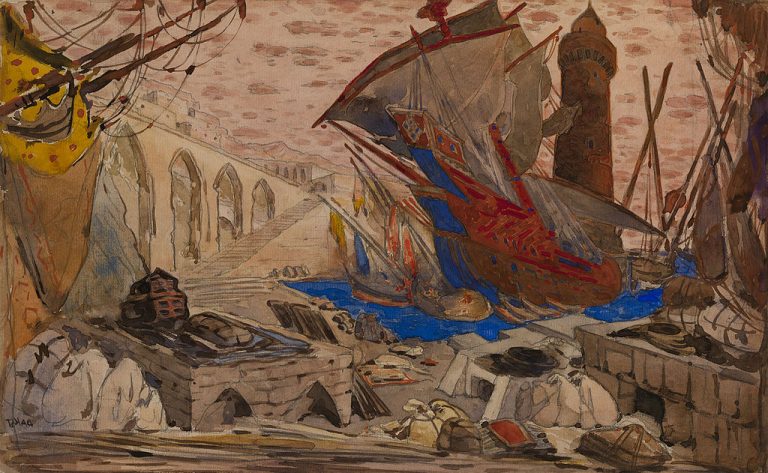Asher Brown Durand Painter: The Father of American Landscape Art
Born: August 21, 1796, Maplewood, New Jersey, U.S.
Death: September 17, 1886, Maplewood, New Jersey, U.S.
Art Movement: Hudson River School
Nationality: American
Teacher: Charles Cushing Wright
Asher Brown Durand Painter: The Father of American Landscape Art
Early Life and Career of Asher Brown Durand
Asher Brown Durand was born on August 21, 1796, in Jefferson Village (now known as Maplewood), New Jersey. He grew up learning craftsmanship from his father, who worked as a watchmaker and silversmith.
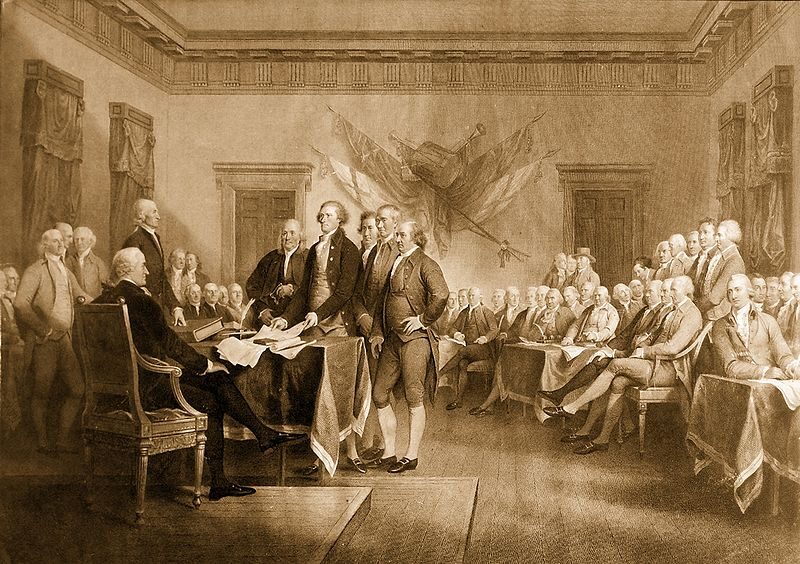
Declaration of Independence (engraving), 1823 by Asher Brown Durand
In 1812, at the age of 16, Durand began an apprenticeship as an engraver. This early training would form the foundation for his artistic career and technical skills that later influenced his painting style.
By 1823, Durand had established himself as a skilled engraver. His reputation grew significantly after his engraving of John Trumbull’s famous painting “The Declaration of Independence.” This important work showcased his precision and attention to detail.
Durand worked as an engraver for several years before transitioning to painting. His background in engraving gave him a meticulous approach to detail that became evident in his later landscape paintings.
During his early career, Durand also created banknote engravings and portraits. These commercial works helped him develop financial stability while he refined his artistic abilities.
By the 1830s, Durand began shifting his focus from engraving to painting. He developed an interest in landscape art, which would eventually lead him to become one of the prominent figures in the Hudson River School of American painters.
Durand’s early artistic development reflects the journey of many American artists of his era – beginning with practical craft training and gradually evolving toward fine art as opportunities emerged.
Artistic Contributions and Style
Asher Brown Durand transformed American landscape painting through his detailed observations of nature and commitment to truthful representation. His work became foundational to the Hudson River School movement and established new standards for depicting the American wilderness.
The Hudson River School Era
Durand emerged as a leading figure in the Hudson River School during the mid-19th century. After his friend Thomas Cole’s death in 1848, he became the informal leader of this important American art movement.
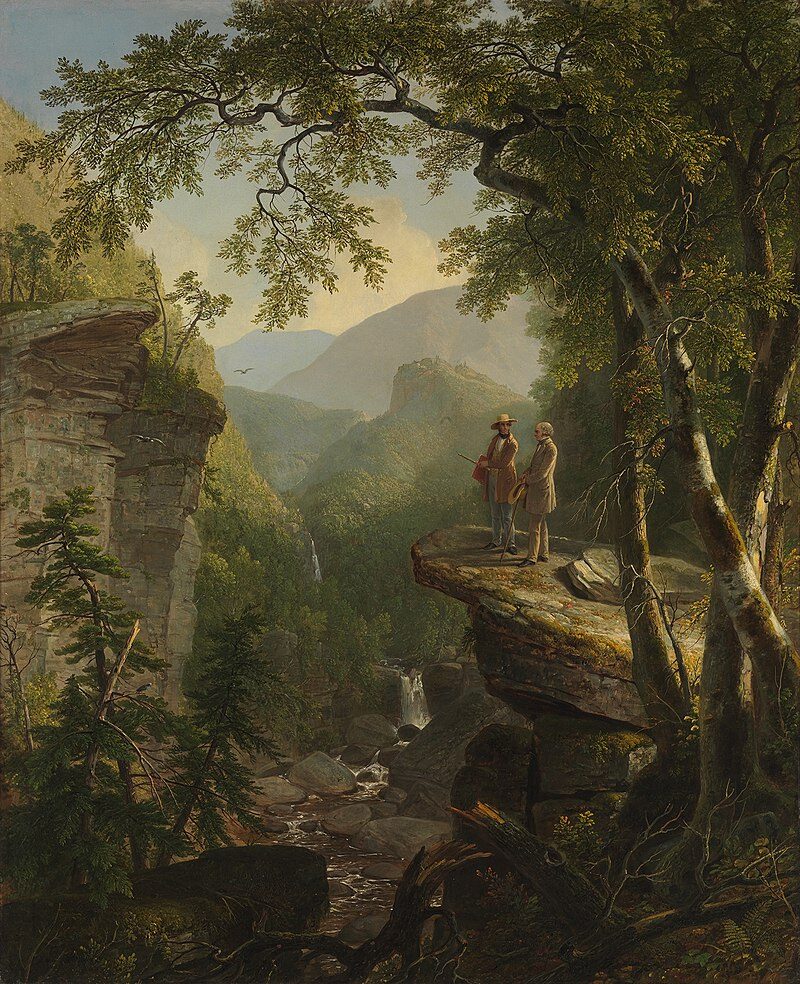
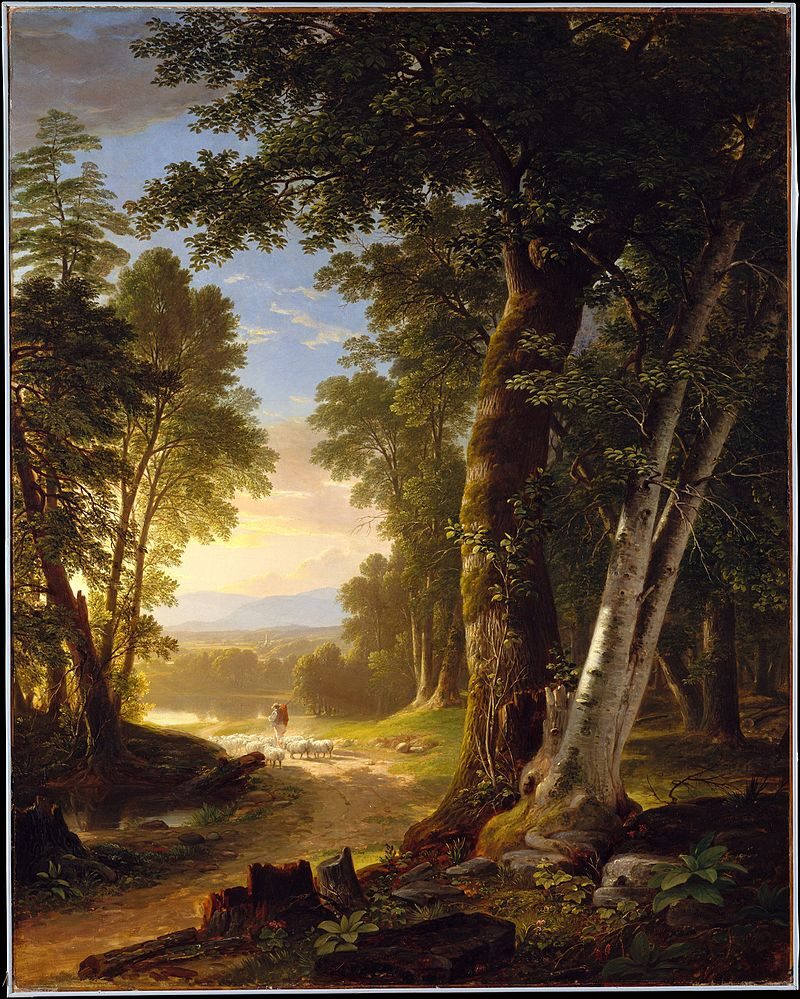
Unlike Cole’s more dramatic compositions, Durand favored direct observation of nature. He often sketched outdoors, capturing the landscape’s specific details with remarkable accuracy.
His painting “Kindred Spirits” (1849) exemplifies the Hudson River School aesthetic. It shows poet William Cullen Bryant and Thomas Cole in the Catskill Mountains, celebrating both friendship and America’s natural beauty.
Durand’s “Summer, 1857” demonstrates his mature style with its careful attention to light, trees, and atmospheric effects. His works like “Beacon Hills on the Hudson River” captured the river valley’s scenic grandeur that defined the movement.
Signature Themes in Durand’s Artworks
Durand’s paintings reflect his deep reverence for nature’s intricate details. He believed in faithful representation of what he observed, rather than idealizing landscapes.
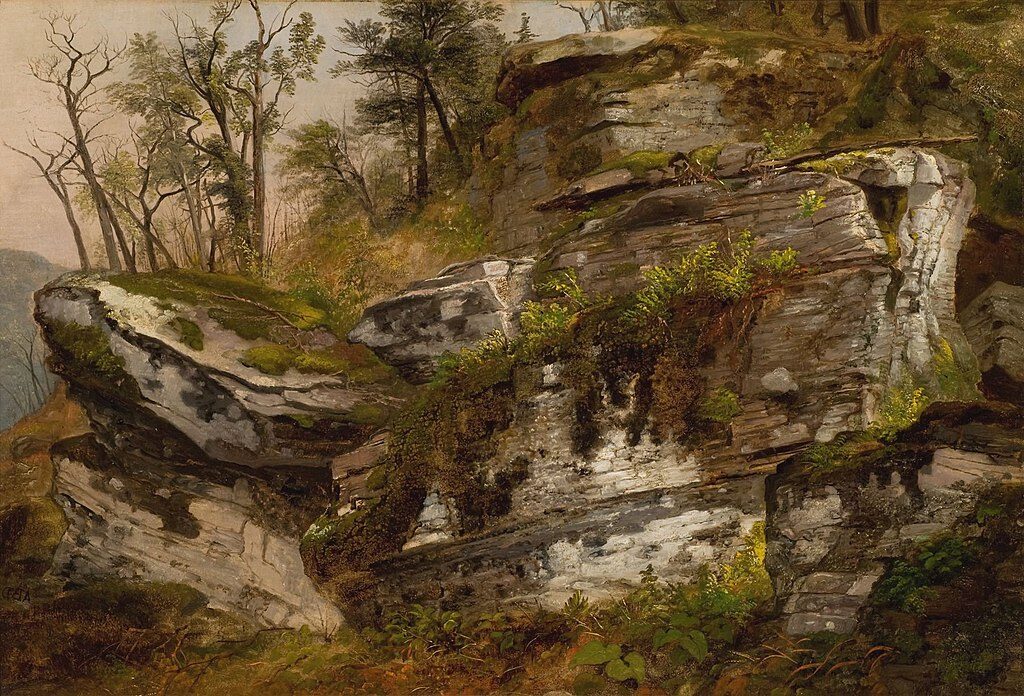
Rocky Cliff, c. 1860, by Asher Durand
Trees became Durand’s specialty. He painted them with such botanical accuracy that specific species are often identifiable in his works. His meticulous rendering of bark textures, leaf patterns, and branch structures showed his exceptional observational skills.
Light played a crucial role in his compositions. Durand mastered the portrayal of atmospheric conditions – from misty mornings to clear afternoon sunshine filtering through forest canopies.
His creative process involved extensive outdoor sketching followed by studio refinement. This methodical approach resulted in landscapes that feel both scientifically accurate and emotionally resonant.
Unlike European traditions, Durand’s work celebrated distinctly American scenes. His paintings highlighted the untamed wilderness as a source of national identity and pride during a period of rapid development.
Legacy and Preservation

The Capture of Major André, 1845, by Asher Durand
Asher Brown Durand’s work remains influential in American art history, particularly for his contributions to the Hudson River School. His paintings are preserved in major museums across the United States, ensuring future generations can appreciate his artistic vision.
Influence on American Art
Durand helped shape American landscape painting through his leadership in the Hudson River School movement. His realistic depictions of nature influenced generations of artists who followed him. After transitioning from engraving to painting in his mid-career, Durand developed a distinctive style characterized by careful attention to natural details.
His most famous work, “Kindred Spirits,” became an iconic representation of American artistic identity. This painting showcased his ability to blend romanticism with naturalism.
Durand’s techniques for rendering trees, rocks, and atmospheric conditions set standards for landscape painting that artists still study today. His approach emphasized direct observation of nature rather than idealized compositions.
Art in Public Institutions
Durand’s paintings are housed in several prestigious museums. The Metropolitan Museum of Art in New York maintains a significant collection of his works, making them accessible to millions of visitors annually.
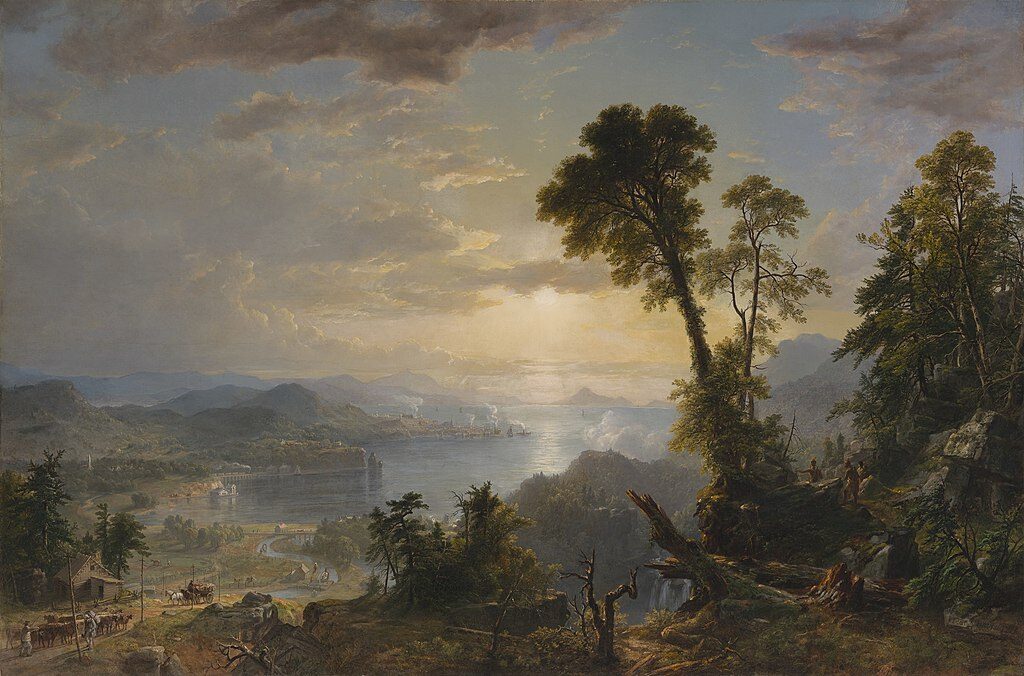
Progress, 1853, by Asher Durand
The National Gallery of Art in Washington, D.C. displays Durand’s paintings in both its West Building and East Building. Located on the National Mall between Constitution Avenue and Madison Drive, the museum provides context for Durand’s contribution to American art history.
The Newark Museum in New Jersey, near Durand’s birthplace, preserves many of his earlier works and sketches. High-quality art reproductions of his paintings are available in museum shops nationwide.
Several of his landscapes can be viewed alongside works by other Hudson River School artists, creating comprehensive exhibitions that showcase America’s first major art movement.
Frequently Asked Questions
Asher Brown Durand established himself as a leading figure in American landscape painting through his distinctive techniques and philosophical approach. His contributions to the Hudson River School movement helped shape American art history and his masterpieces continue to be studied and admired today.
What notable techniques did Asher Brown Durand employ in his art?
Durand was known for his meticulous attention to detail, particularly in depicting trees, rocks, and foliage. He developed a technique of painting “leaf by leaf” to capture the intricate details of vegetation.
His use of light created atmospheric effects that conveyed time of day and weather conditions with remarkable accuracy. Durand often employed thin, transparent layers of paint to achieve luminosity in his skies and distant landscapes.
Unlike some contemporaries, Durand preferred to complete preliminary sketches outdoors before finishing his paintings in the studio. This approach allowed him to capture authentic natural elements while maintaining compositional harmony.
What are the characteristics of the Hudson River School that are reflected in Durand’s work?
The Hudson River School emphasized the grandeur of American landscapes, which Durand captured through panoramic views and dramatic natural formations. His paintings often featured expansive vistas with carefully balanced foreground, middle ground, and background elements.
Durand incorporated the philosophical notion of nature as divine expression, a core Hudson River School belief. His peaceful scenes suggested harmony between humans and nature, with small human figures often dwarfed by majestic landscapes.
The luminous quality in Durand’s work reflected the Hudson River School’s interest in light as a spiritual metaphor. He employed careful color gradation to create depth and evoke emotional responses to natural beauty.
Can you detail the significance of Durand’s ‘Kindred Spirits’ painting?
“Kindred Spirits” (1849) stands as Durand’s most famous work, commemorating his friend Thomas Cole and poet William Cullen Bryant. The painting portrays the two figures standing on a rocky outcrop overlooking the Catskill Mountains, symbolizing their shared appreciation for American wilderness.
The work represents the ideals of American Romanticism, celebrating both natural beauty and cultural achievement. Its composition balances rugged wilderness with human presence, suggesting that nature appreciation enhances intellectual and artistic pursuits.
“Kindred Spirits” gained additional significance as a cultural icon when the New York Public Library sold it in 2005 for a reported $35 million. The painting now resides at the Crystal Bridges Museum of American Art in Arkansas.
Which painting by Durand features ‘The Beeches’, and what is its importance?
“The Beeches” (1845) is one of Durand’s most celebrated woodland scenes, featuring majestic beech trees in the Catskill Mountains. The painting demonstrates Durand’s exceptional ability to render trees with scientific accuracy while maintaining artistic beauty.
This work exemplifies Durand’s mature style after he moved away from the more dramatic compositions of his early career. The peaceful forest interior shows his belief that even ordinary woodland scenes could evoke profound emotional responses.
“The Beeches” illustrates Durand’s philosophy that artists should paint directly from nature rather than imitate European styles. The work remains significant as a quintessential example of American landscape painting that celebrates native forests rather than idealized classical scenes.
How do Asher Brown Durand’s paintings reflect his artistic philosophy?
Durand advocated for “truth to nature” in his influential “Letters on Landscape Painting” published in 1855. His works demonstrate this philosophy through precise observation of natural elements rather than idealized compositions.
He believed landscape painting should evoke spiritual contemplation without overt religious symbolism. Durand’s serene scenes invite viewers to experience nature’s healing and inspirational qualities through careful attention to authentic details.
Durand rejected the dramatic exaggerations common in earlier Romantic painting. Instead, he pursued what he called “the simple and unadorned truth,” believing that accurate depiction of American landscapes would foster national identity and appreciation for the country’s natural resources.
Could you elaborate on the historical context within which Asher Brown Durand created his art?
Durand worked during America’s territorial expansion and the development of national identity in the mid-19th century. His landscapes celebrated American wilderness at a time when the country sought to define itself culturally apart from European traditions.
The industrial revolution was transforming the American landscape during Durand’s career. His pristine natural scenes often provided an idealized counterpoint to increasing urbanization and deforestation, preserving images of unspoiled wilderness.
Transcendentalist philosophy influenced Durand’s approach to nature as divine expression. Contemporary writers like Ralph Waldo Emerson and Henry David Thoreau shared Durand’s belief in nature’s spiritual and moral significance, creating an intellectual environment that valued the American landscape as worthy of artistic celebration.

